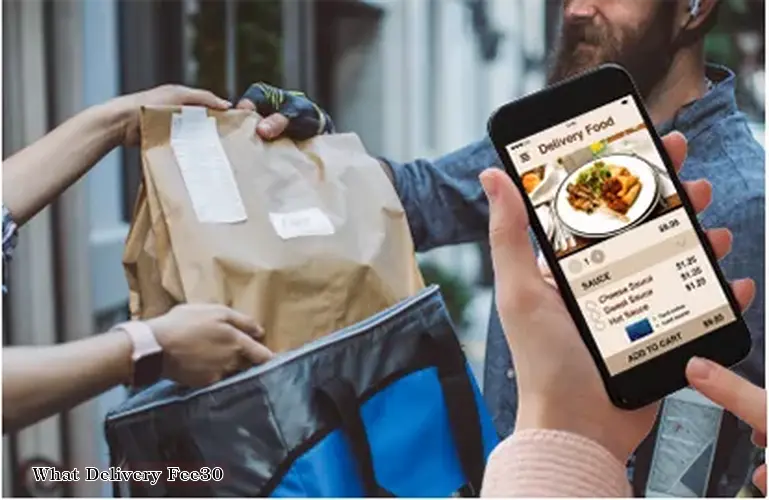

In a restaurant business, delivery fees can be a significant source of revenue, especially in today's digital age, where food delivery apps have become increasingly popular. Delivery fees can help restaurants cover the costs of maintaining a delivery fleet, paying drivers, and managing the logistics of delivering orders to customers' homes or offices.
It's important to note that delivery fees are separate from service fees, which some delivery apps charge to cover their own operational costs. Service fees are typically a percentage of the order total, while delivery fees are a flat rate or a distance-based charge.
When it comes to setting delivery fees, restaurants must strike a balance between covering their costs and remaining competitive. Charging too much for delivery fees can deter customers from ordering, while charging too little may not cover the costs of delivering orders.
Restaurants can also offer promotions or discounts on delivery fees to incentivize customers to order. For example, they may offer free delivery for orders over a certain amount or during off-peak hours.
Overall, delivery fees are an essential part of the restaurant business, especially in the age of food delivery apps. By setting reasonable delivery fees and offering promotions and discounts, restaurants can attract and retain customers while covering their delivery costs.
DISCLAIMER: This information is provided for general informational purposes only, and publication does not constitute an endorsement. Kwick365 does not warrant the accuracy or completeness of any information, text, graphics, links, or other items contained within this content. Kwick365 does not guarantee you will achieve any specific results if you follow any advice herein. It may be advisable for you to consult with a professional such as a lawyer, accountant, or business advisor for advice specific to your situation.
today
Copyright © 2025 Kwick365.com
Designed by KwickPOS is the best restaurant POS